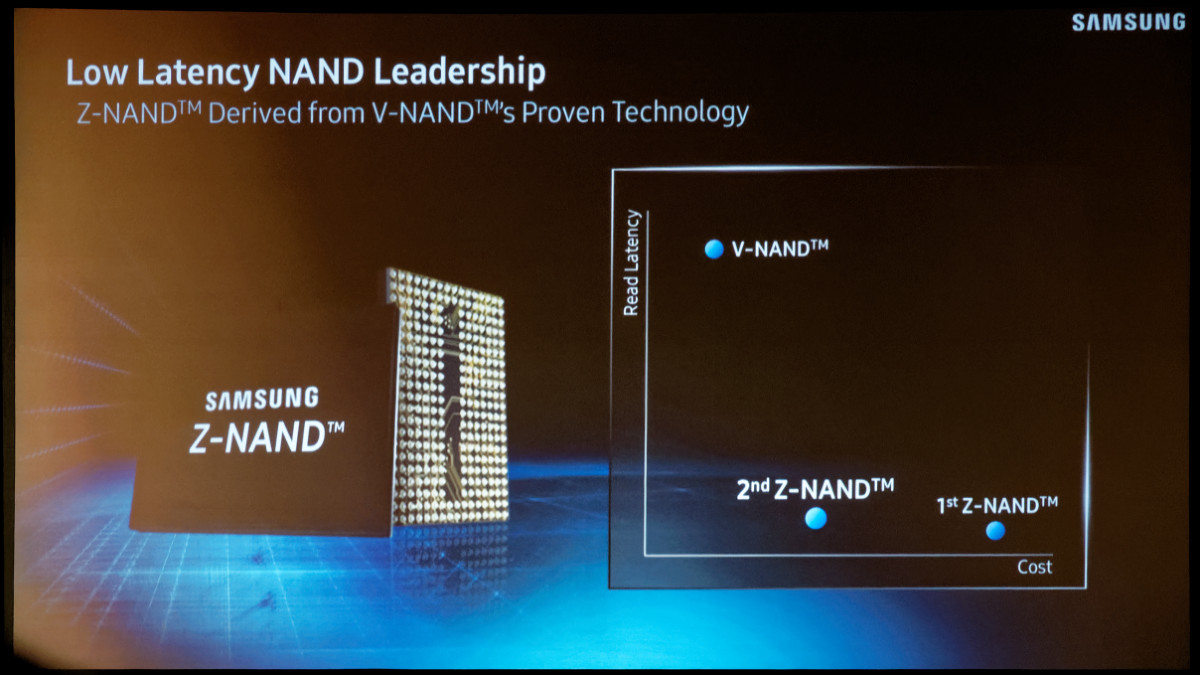Samsung Z-NAND Products Take Aim at 3D XPoint
/Intel and Micron are starting to enjoy the technology disruption caused by their 3D XPoint memory, which offers significantly faster access times while also maintaining the non-volatility of slower storage mediums. During Flash Memory Summit, Samsung made it clear that it wanted a piece of the action with Z-NAND.
With its second generation announced, we recently came across a Technology Briefing for their SZ985 Z-NAND SSD - a product based on the first generation of this speedier flash-based media. The cause for the speed and cost difference is that first generation Z-NAND operates in the SLC mode, while the successor shifts to MLC, storing twice the amount of data per memory cell / die.
The new Z-SSD takes on a similar form factor and layout as Samsung's previous enterprise NAND flash offerings. The newer media promises improved response times, bringing the product within striking distance of Intel's P4800X, which uses faster (and fundamentally different, 3D XPoint media.
Samsung makes their own flash, RAM, and SSD controllers, and with that front-to-back control comes the flexibility to better optimize the technology. This means die speeds, block/page sizes, bits per cell, and other architectural changes can be adjusted to help reduce read latency. While the stated write latency of 16 microseconds is impressive, it is important to note that flash-based devices already have relatively low write latencies due to the way the media buffers incoming data. The random write specification of only 170 thousand IOPS actually pales in comparison to Samsung's own consumer M.2 SSDs, some of which approach 400 thousand in the same metric. From this, we can infer that the Z-NAND implementation may be robbing Peter to pay Paul. The maximum write specification being so limited compared to the competing Optane P4800X from Intel or even from Samsung's own consumer products suggests that some additional work is being done during writes in order to improve read latencies. Alternatively, this can just be down to a controller limitation, as prior Samsung enterprise products have seen similar asymmetry in random read/write performance.
It remains unclear where the cost and availability of the SZ985 will fall, but Samsung's track record in the enterprise NVMe product sector has been satisfying orders to only a small subset of companies. With this product being based on costlier less-die-efficient first generation Z-NAND, Samsung may not be cost-competitive with Intel's higher performance offerings until a product based on the second generation of the media is launched and made more widely available to potential enterprise customers.





